I just finished reading the classic western Shane by Jack Schaefer, which was published in 1949 and made into a movie in 1953. The novel set me to reflecting on what made it a best-seller that is still read in schools and has stayed popular for so many years. As the St. George Daily Spectum wrote: “Shane is a work of literature first and a Western second.” What qualities does it have that make it a work of literature?
Interestingly, the novel opens at a slow pace. Today’s writers are taught to open with action or grab the reader’s attention in some way. However, in this book the author takes his time introducing the characters and setting. The result is very effective.
Here is the opening paragraph: “He rode into our valley in the summer of ’89. I was a kid then, barely topping the backboard of father’s old chuckwagon. I was on the upper rail of our small corral, soaking in the late afternoon sun, when I saw him far down the road where it swung into the valley from the open plain beyond.” (p. 1)
For the next eight paragraphs, the boy continues to describe the horseman as he rides closer and closer, then finally into the farmstead where the boy observes him.
This slow pace allows the reader to see the stranger and enter into the world the boy, Bob, lives in. It is told from the intimate first-person point of view. We see the horseman, the small town, the river and the fork in the road as the rider draws closer and finally into view. Bob tells us the stranger’s clothes are different from the local people. He wears tall boots and a belt, both made of a soft black leather tooled in intricate design and a “finespun” linen shirt.
A child’s viewpoint is an interesting way to tell the story because Bob is a keen observer of life, yet he is young and doesn’t understand everything that’s going on. We, as the reader, left to our own interpretation of people and events, have deeper insights into what is going on.
The plot is fairly straight-forward. Bob and his parents live on a farm and a mysterious stranger rides onto their land and asks for a drink of water. The father, Joe, soon recognizes that Shane is the kind of man whom nobody will push around and asks him to stay as a farmhand.
Shane hires on and is loyal to the family, so when a powerful rancher tries to drive out the local farmers, Shane is pulled into the deadly conflict.
The story focuses more on character development than action and the topics of courage, honor, love and heroes are explored.
The book is relatively short, yet it will draw you in from the beginning and keep you reading to the end, leaving you to ponder its depth and layers of meaning.
The reader never does find out about Shane’s background and what it is he’s trying to escape. He finds serenity and inner peace on the farm, but this is broken by the tension in town between the farmers and the large rancher.
So what makes this a good novel?
- It has well-developed characters with heroic qualities that we care about.
- It has an interesting plot with high stakes, both in terms of how the outcome will affect the character’s lives and how it will force them to grow and change.
- It has great descriptions and metaphors. Here is the boy’s description of a stump. “It was big enough, I used to think, so that if it was smooth on top you could have served supper to a good-sized family.” (p. 18)
- The author, Jack Schaefer, shows the reader what’s going on instead of telling him, leaving the reader to interpret the situation.
- The story has good pacing that gradually builds to the climatic ending.
In conclusion, Shane is a great read for anyone who enjoys a good western. For writers, it’s an interesting study in what makes a good novel. As you read the book, look for the five qualities listed above and ask yourself the following questions:
- What draws the reader into a story and keeps them there?
- What universal values and ideas make the story worth telling?
I invite you to share your thoughts in the comments section. What do you think makes a good novel? What qualities do you look for in a book?
If you’ve read Shane, I’d also like to hear your thoughts on the characters and story.
share this:


















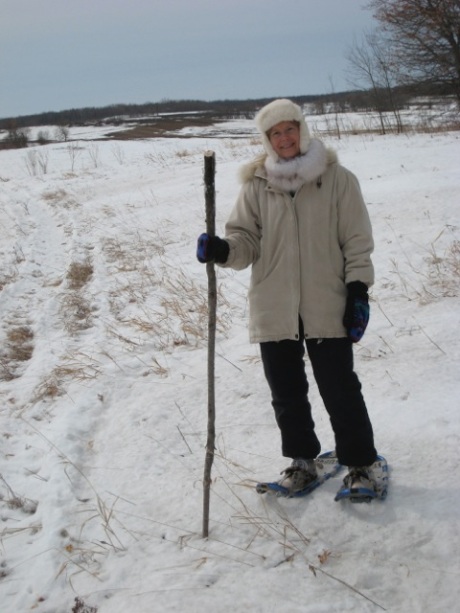
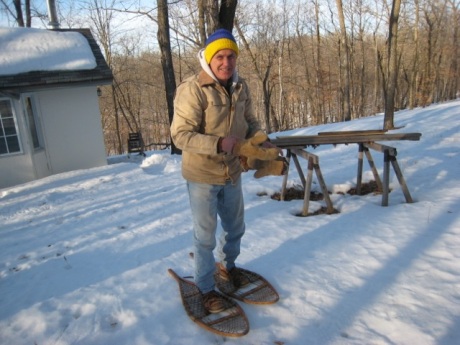

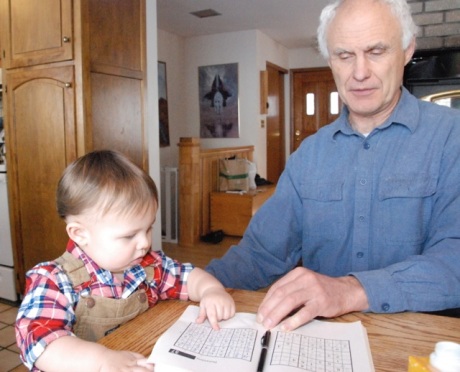

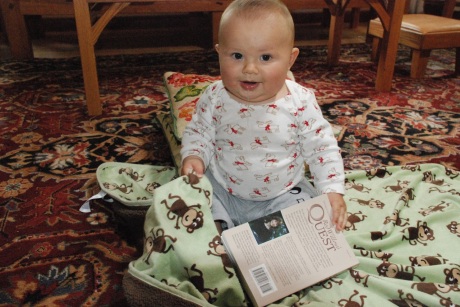
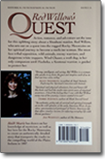


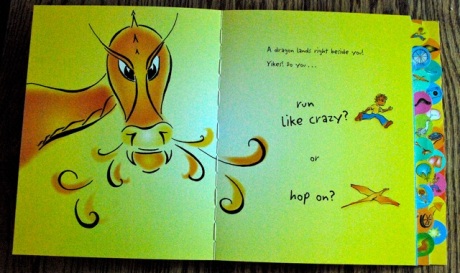
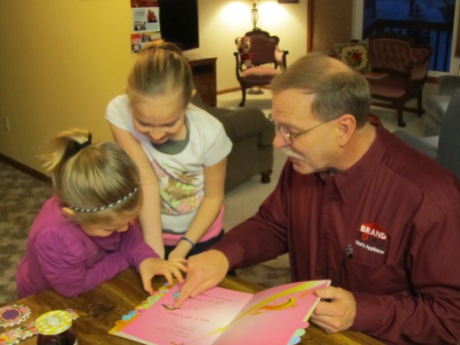
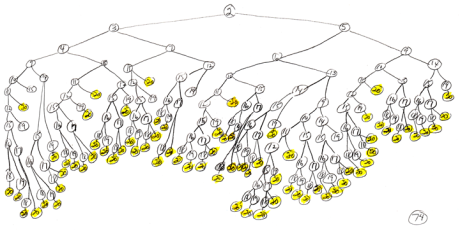


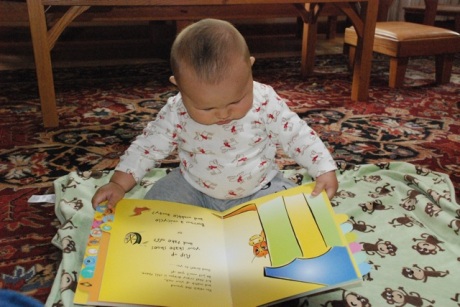
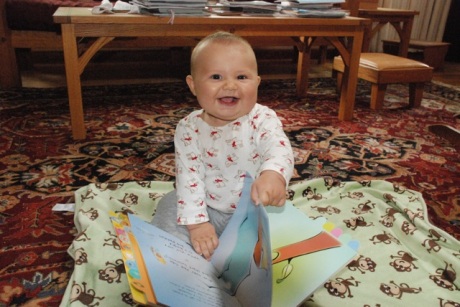
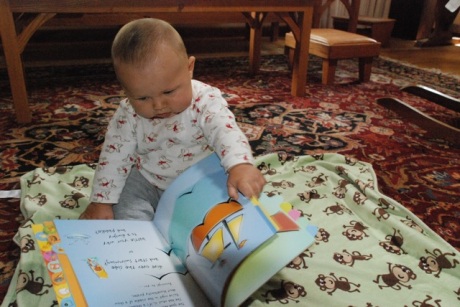


Recent Comments